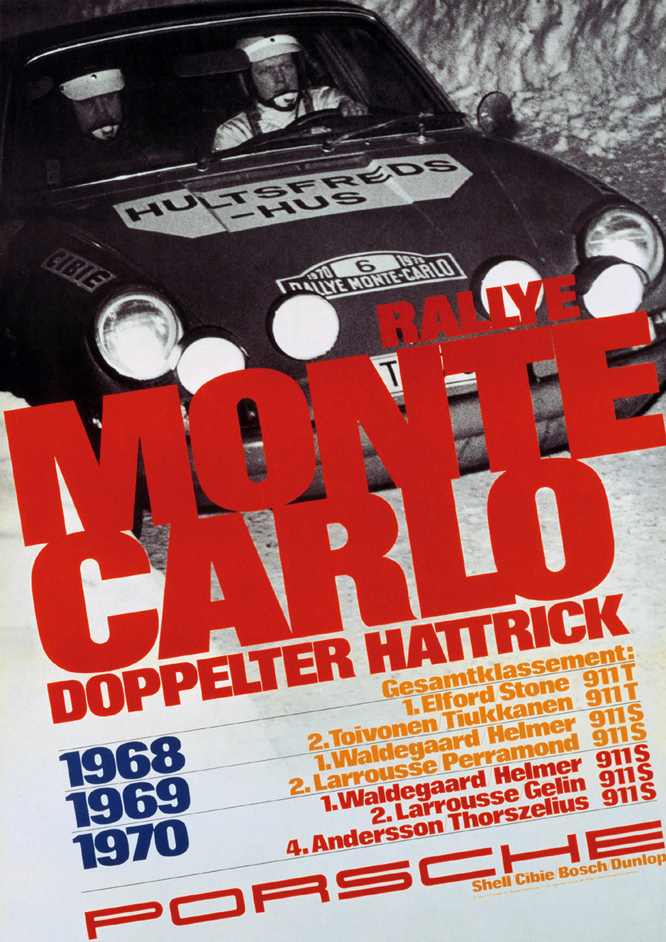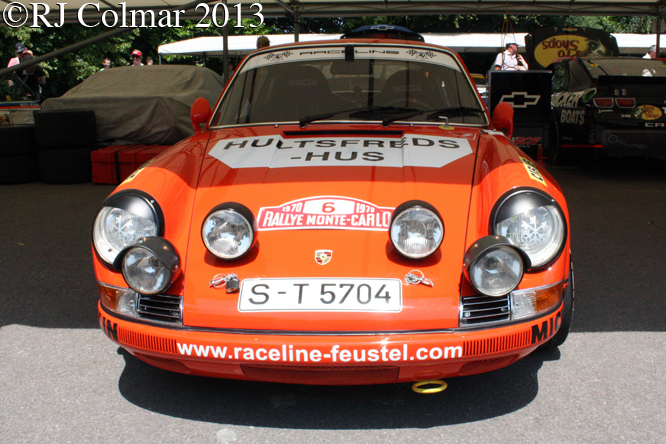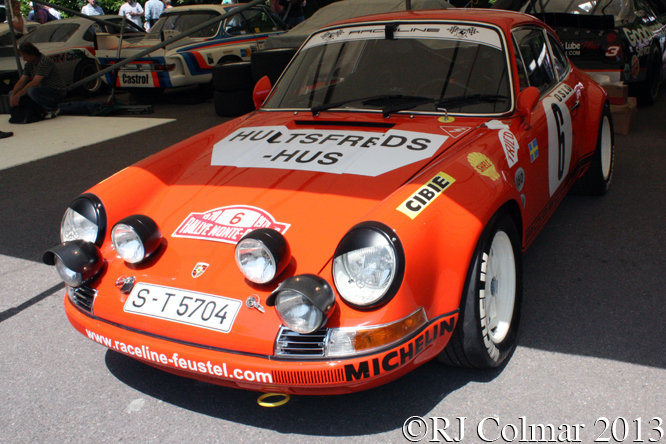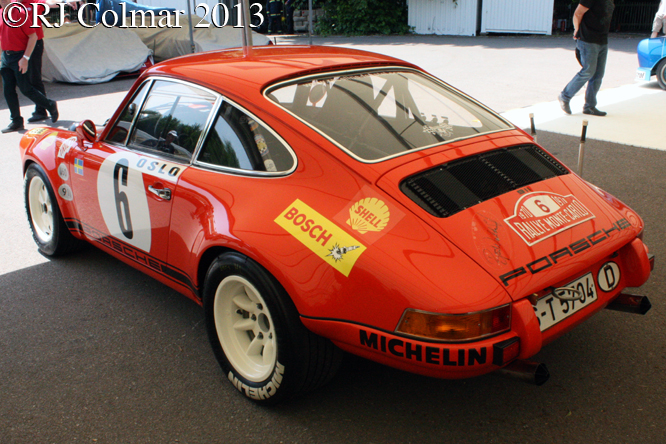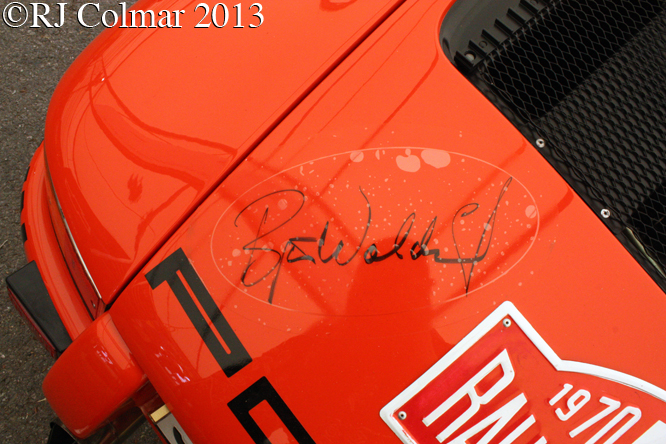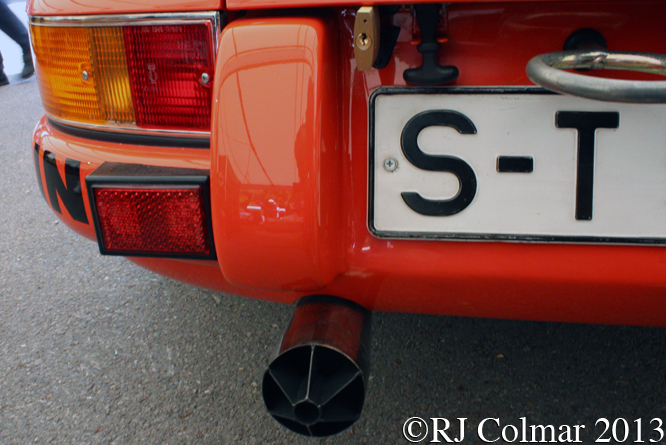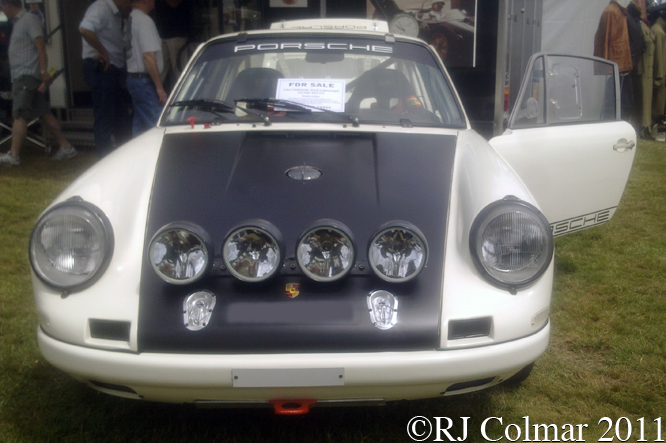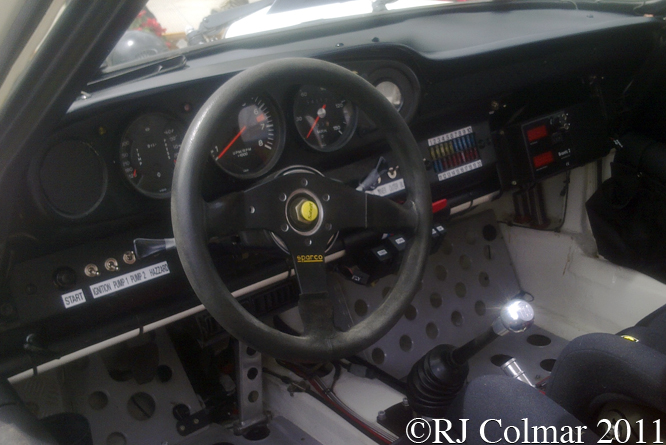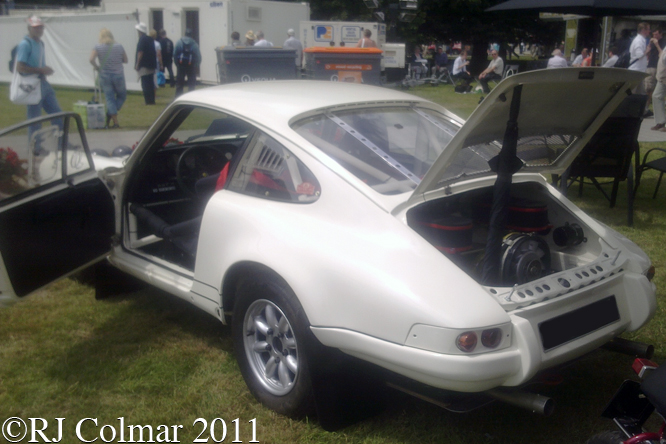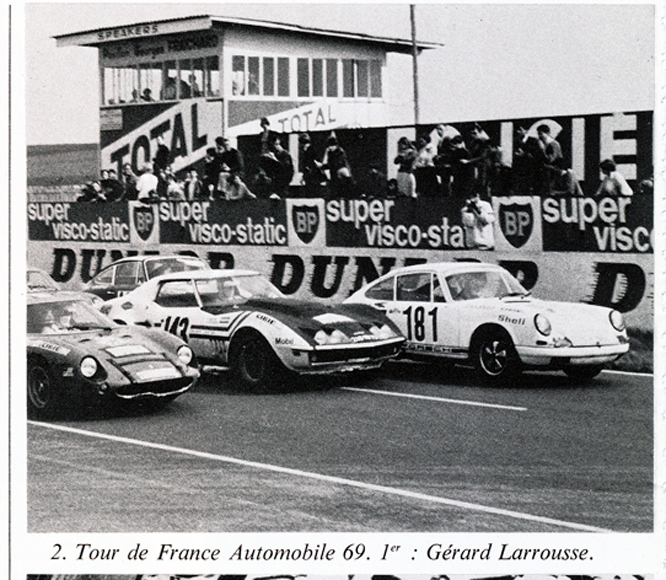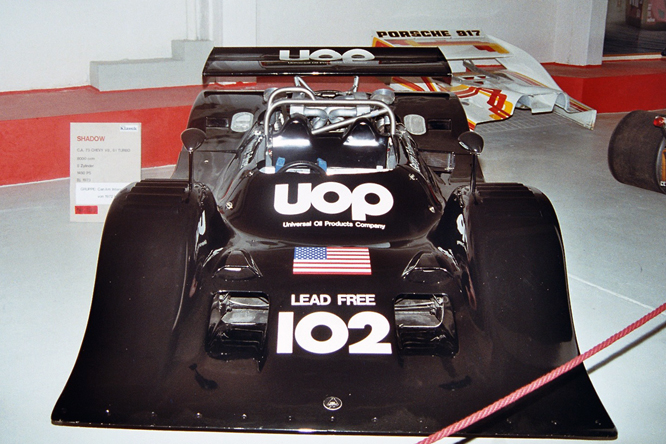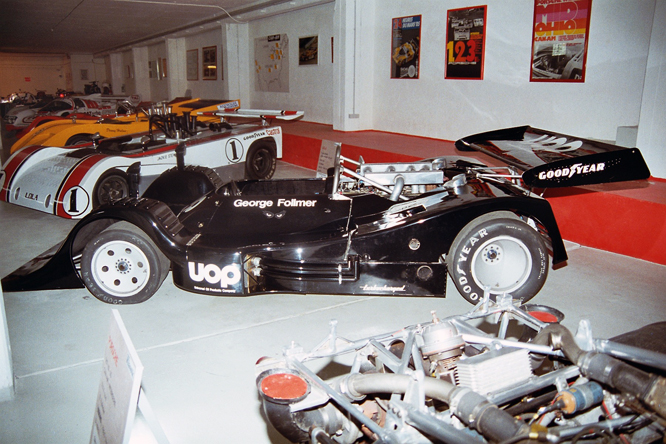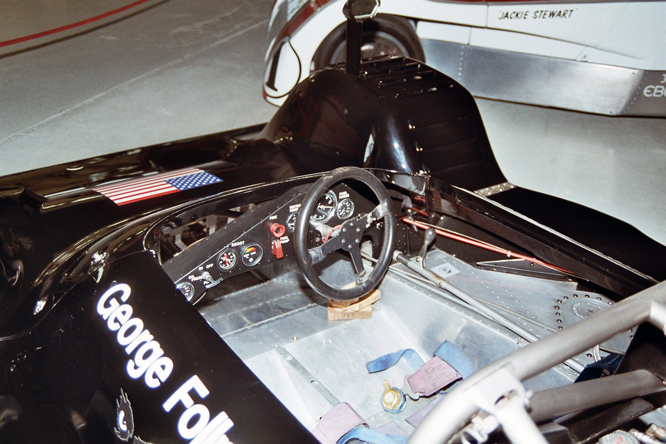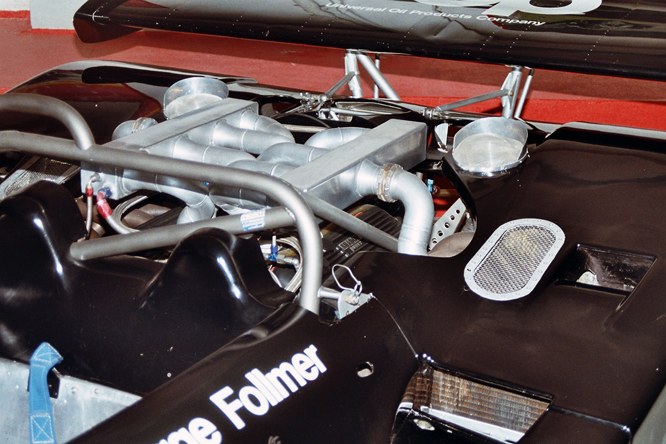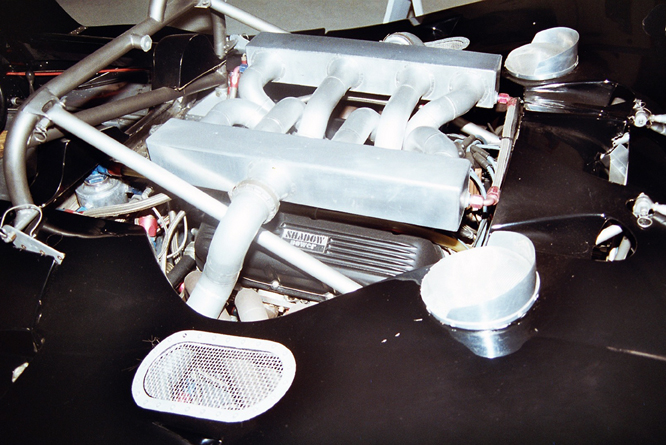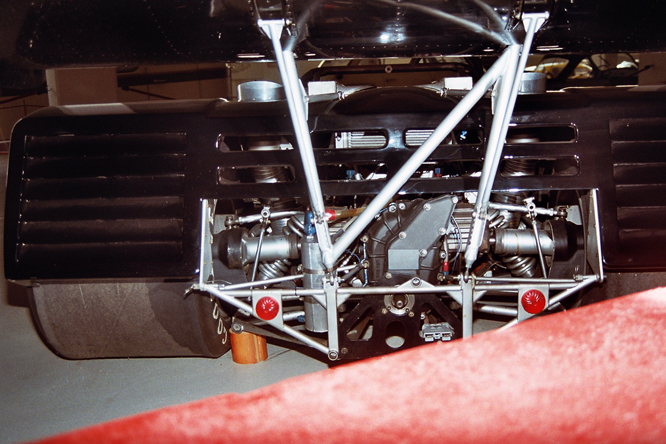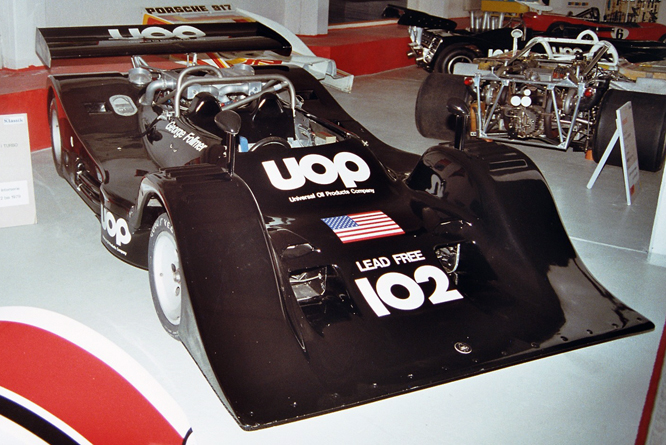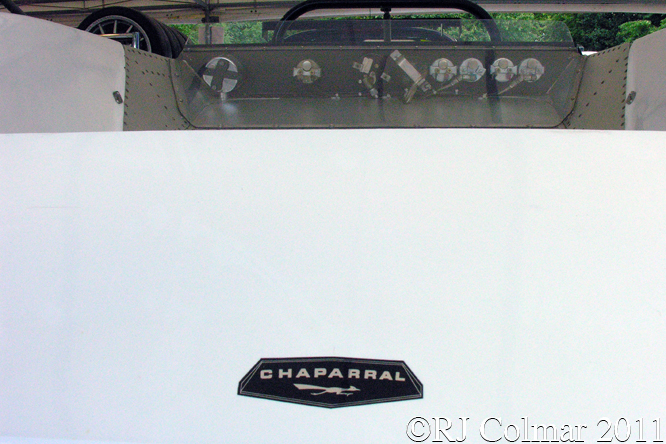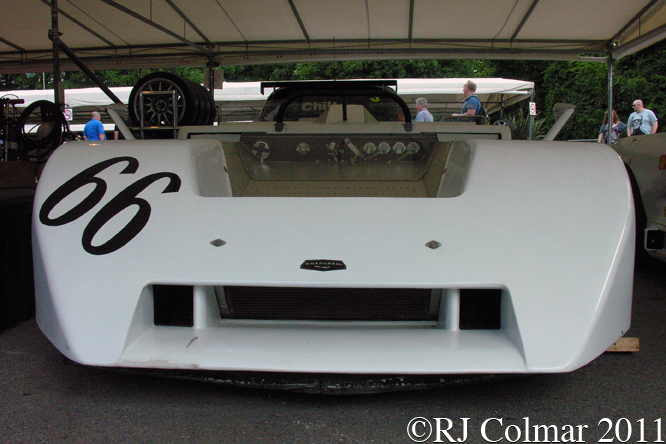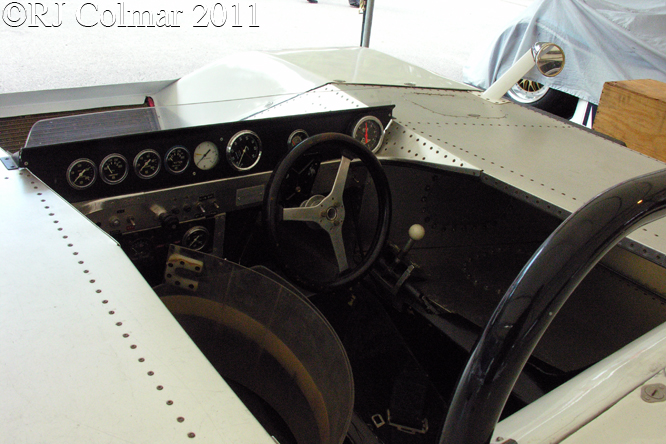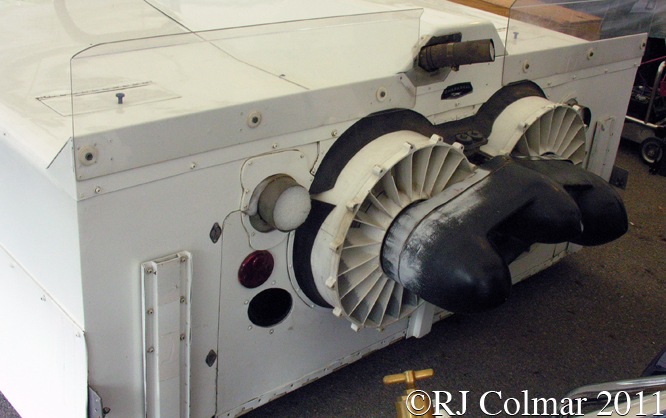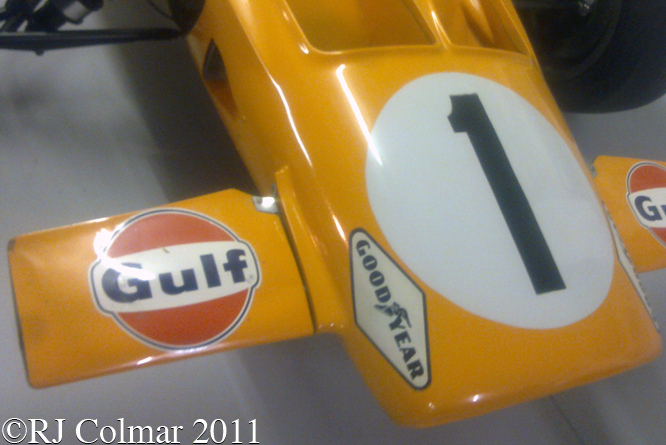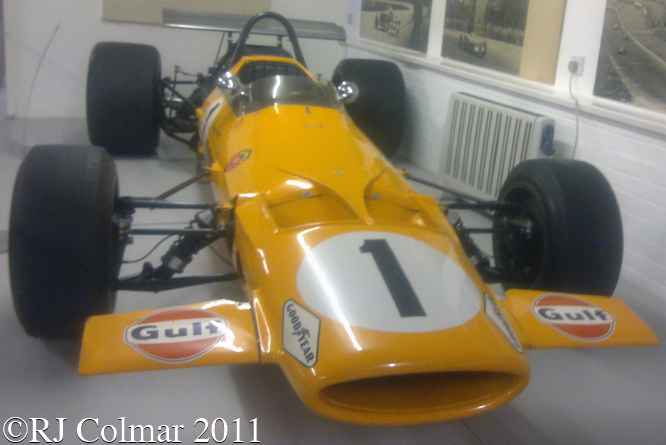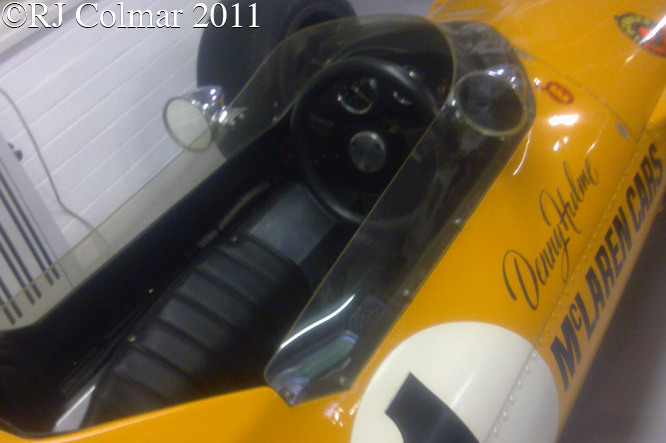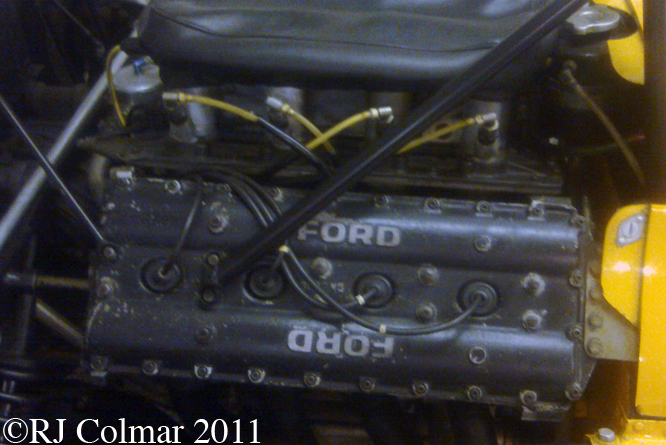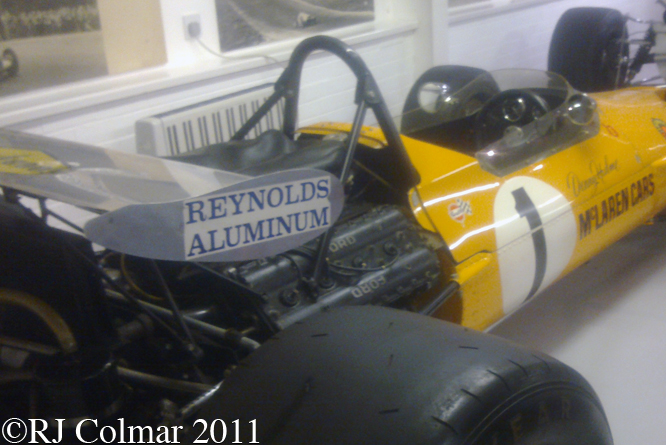Never one to rest on his laurels after winning two Trans Am championships for Chevrolet, Roger Penske and his engineer driver Mark Donohue accepted the challenge of turning the AMC Javelin into a Trans Am winner for the 1970 season, leaving Chevrolet to do a deal with Jim Hall and his Chaparral team in Texas to develop the second generation Camaro into a Trans Am challenger.
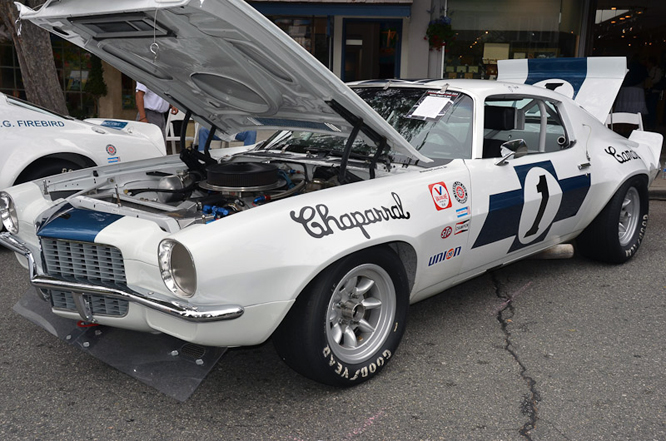
During the 1970 season Jim employed Ed Leslie, Joe Leonard and Vic Elford to share the driving duties with himself after building and preparing three cars in the customary Chaparral Refrigerator White.
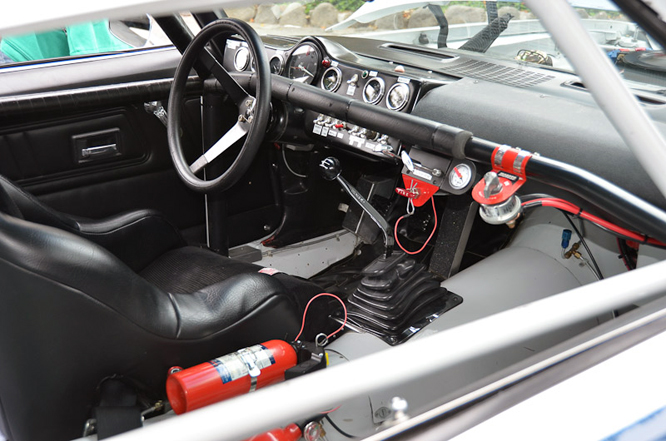
Ford recaptured the 1970 Trans Am title thanks to 5 race wins accumulated by Parnelli Jones and on from George Follmer, AMC finished the championship second with three race wins from Mark Donohue and Chevrolet third with two wins one from the American Racing Associates entry driven by Milt Minter at Donnybrook and the other at Watkins Glen by Vic Elford at the wheel of today’s featured car.
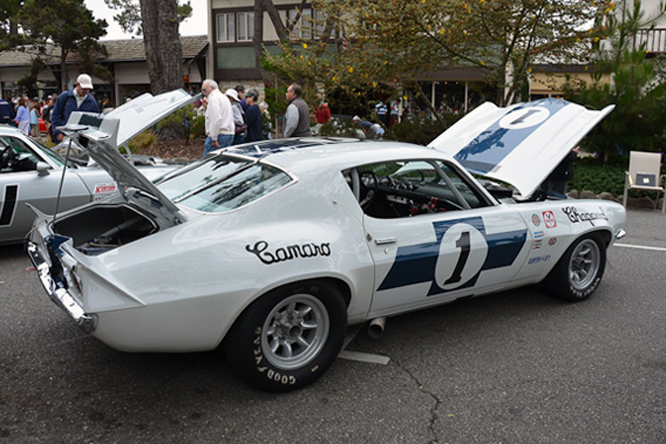
Vic only made four starts for Chaparral in the 1970 series alongside his Trans Am win at Watkins Glen he also won the Nurburgring 1000kms race with Kurt Ahrens in a works Porsche 908, Interserie (European Can Am) race at Hockenheim in the Paul Weston Racing Organisation McLaren M6B and the under 2 litre 500 km race at the Nurburging in the Escuderia Montjuich Team Chevron entered Chevron B16.
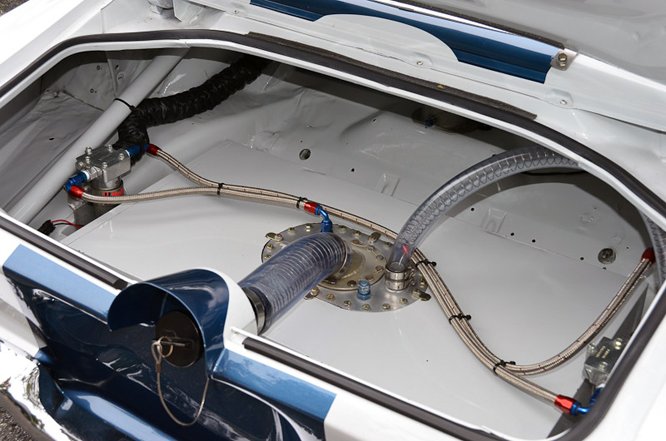
Today’s featured car, seen in these photographs taken by Geoffrey Horton, is believed to be the only one of the three 1970 Chaparral Trans Am Camaros still remaining.
My thanks to Geoffrey Horton for sharing his photographs taken at Concours on the Avenue at Carmel by the Sea a few years ago.
Thanks for joining me on this “Refrigerator White #1” edition of “Gettin’ a li’l psycho on tyres” I hope you will join me again tomorrow when I’ll be looking at a FIAT 128. Don’t forget to come back now !


